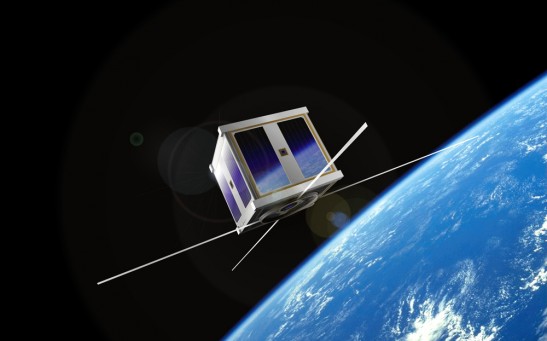nasa
25th Anniversary of Hubble Brings With It the Clearest Views of Space
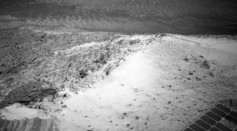
Hang Gliders Could Allow Us to Land Probes on Mars
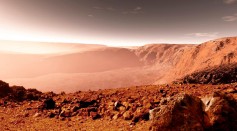
Travel to Mars Focus of Toronto Conference

Are You a Whiz At Cad? NASA Offers $2.25 Million Prize for Best Space Habitat Design
How the ISS Plans on Getting Rid of Space Debris—Plans to Vaporize Comets in Space

New Technique May Help Find Traces of Life on Mars
Google and NASA Join Forces to Inspire Girls Into Science
SpaceX Earns Certification to Launch NASA Science Missions
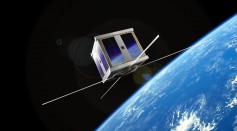
NASA Searches for Small Satellite Launchers
NASA Probe Searches Pluto for New Moons and Rings
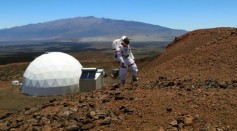
NASA Hopes to Rely on Algae and Bacteria for Oxygen Production on Mars

Antarctic Ice Shelf on Verge of Disintegration, NASA Says
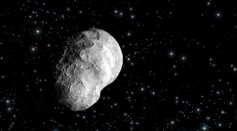
NASA Scientist Says Space Mining Needs Oversight

Humans May Not Have to Carry Oxygen to Mars
Most Popular

How Technology Is Changing the Real Estate Industry?

AI Revolution in Medical Education: Transforming How Healthcare Professionals Learn

Zombie Star Set to Light Up Night Sky: Blaze Star Could Erupt Soon

Exploring Life Beyond Earth: Study Claims Other Planets Could Be Suitable for Alien Life

